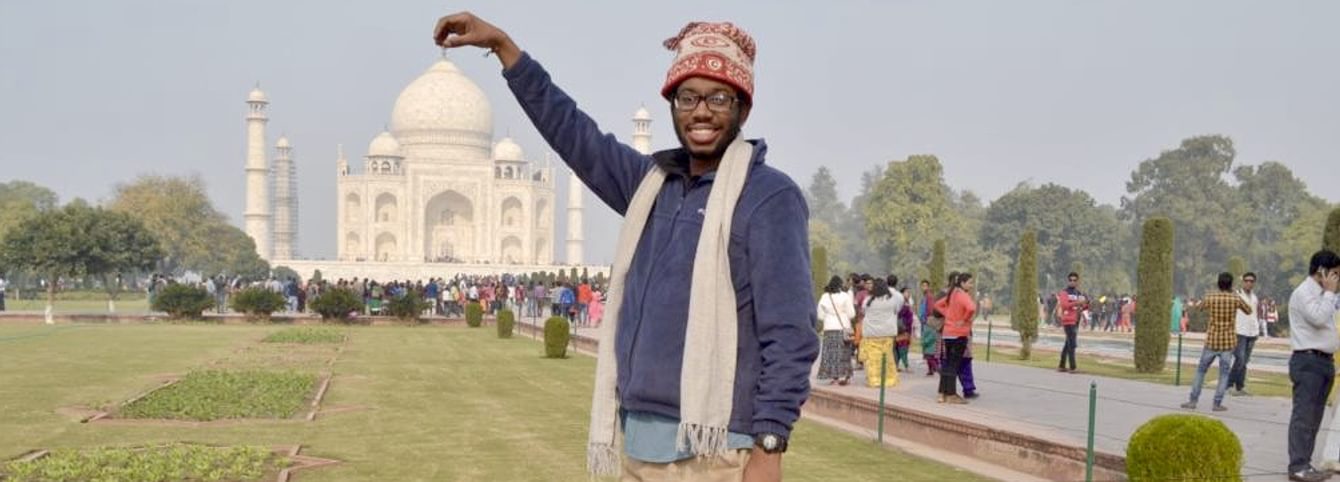Meet 2014 CLS Hindi alumnus Benjamin Simington! In the seven years since CLS, Benjamin has been on quite a journey: a year in India conducting fieldwork as a Fulbright scholar, working as a fellowship and CLS advisor at Texas A&M University, pursuing a master’s in Asian Studies, and, on top of it all, adding a second critical language to his repertoire, Urdu.
In celebration of Black History Month, Communications Officer Rori DiFiore sat down with Benjamin to hear about his accomplishments and language journey since CLS. Benjamin shares insights on the intersections between Black American and Indian culture and history, how his research on Sufism and the African Diaspora in South Asia led him to Urdu, and his best advice for getting the most out of CLS.
Rori DiFiore: What impact has CLS had on you personally and professionally?
Benjamin Simington: It had a big impact on me. After CLS Hindi in 2014, I served as an alumni ambassador which was a great experience. CLS Hindi dramatically improved my language aptitude and gave me so many insights into Indian history and culture. It also gave me the confidence to apply for Fulbright. Through Fulbright's Critical Language Enhancement Award, I spent a year in Varanasi, India conducting research on 15th century Indian poet Kabir. CLS was foundational in giving me the language and cultural skills to conduct my research and connect with the local community in Varanasi. After returning, I thought about how I could leverage my experiences into a career path, and I learned about the opportunity to work as a National Fellowships Advisor. I ended up working for four years as a Fellowship and Honors Advisor at Texas A&M University. I used my personal experiences participating in CLS and Fulbright to guide and recruit students. I drew upon my experiences with culture shock and cultural adjustment to give students strategies for making the most of their time abroad. It was such an enriching experience. I am now at the University of Texas at Austin as a Foreign Language Area Studies Fellow for Urdu, finishing up the last semester of my master's program in the Department of Asian Studies.
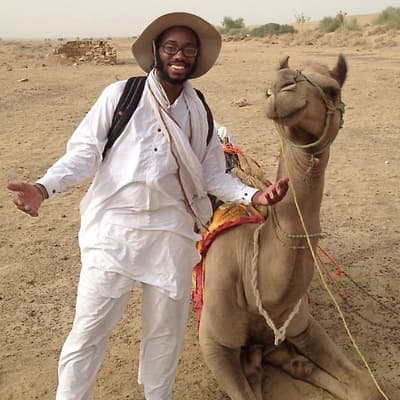
RD: Wow! I always get so excited when I learn of advisors who are also alumni of CLS. Now you are studying Urdu. What motivated you to add yet another critical language to your repertoire?
BS: As my research interests evolved, it made sense to continue to expand my language knowledge. After researching, medieval Indian poet Kabir during my Fulbright, I became interested in exploring the history of Indo-Islam, Indo-Muslin thought and Sufism. Kabir represents a convergence of different intellectual and cultural philosophies. He is still to this day venerated by Hindus, Muslims, Sikhs, and secular people all over India. After Arabic, Urdu is one of the most important languages to understand Sufism and Islamic thought in South Asia. It was a natural transition. Also, studying Hindi was incredibly helpful to me in transitioning to learning Urdu. I had one professor at University of Texas describe Hindi and Urdu as a pair of inverted pants. At the top of a pair of pants, there is the waist which symbolizes the commonalities between the two languages in terms of vocabulary. But as you move up, there are two different legs, which represent how the two languages diverge in terms of pitch and grammatical structure. Hindi draws a lot from Sanskrit whereas Urdu is written in a script similar to Arabic.
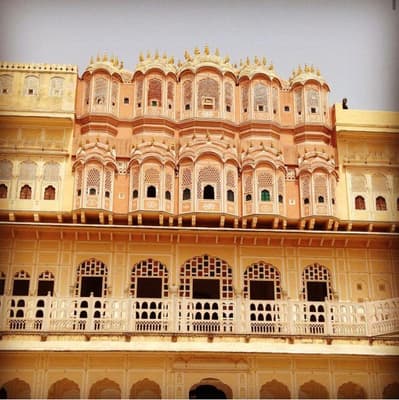
RD: How did your identity and cultural background shape your CLS experience?
BS: CLS was a nourishing personal experience and something that will always stay with me. African American history and culture are very important to me. I grew up in Chicago, which is a city of great significance in terms of U.S. History and African American History. A lot of political and cultural movements were centered in Chicago and had a ripple effect across the country. There is a long history of African Americans and South Asians engaging with each other. W.E.B Du Bois wrote a lot about India and was friends with Indian independence leaders like Mahatma Gandhi. Benjamin Mays, the President of Morehouse College [a prestigious historically Black college in Atlanta, Georgia], traveled to India multiple times and met with Gandhi to learn about his approach to social change through non-violence protest. Alice Coltrane, musician, and wife of famous jazz saxophonist John Coltrane, converted to Hinduism and created music that fuses American Soul and Gospel with Hindi devotional song. While I was in India, I found myself exploring Hinduism and Indian culture through the lens of Black American culture. I saw myself as part of this ongoing dynamic exchange between African American and Indian thinkers, students and leaders.
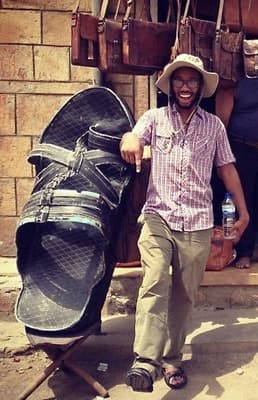
RD: Do you think there are commonalities between the experiences of Black American communities and Indian communities that brought about these exchanges?
BS: Indian people were under colonial rule by the British. I think African American people looked at people in India and saw parallels to their own struggles. African American civil rights leaders in the U.S. saw Gandhi’s approach to non-violent protest as an effective way of standing up against oppression. At the same time, Indian writers and intellectuals saw what was happening in the U.S. with the civil rights movement and the role of jazz musicians in advocating for racial equality and social justice. They were influenced by each other and found commonalities and connection through struggle. I found myself drawn to the writing of Hindi poet Kabir because of the way he communicated about the human experience with a universality that makes his work timeless. It applies to people of all ages, religious denominations, and social strata. I can’t think of a literary figure in the U.S. or Western hemisphere that wrote literary works hundreds of years ago that people still quote in the streets today. If you go up to someone on the streets of India, whether they are 12, 20 or 80, they would likely be able to quote a poem of Kabir’s.
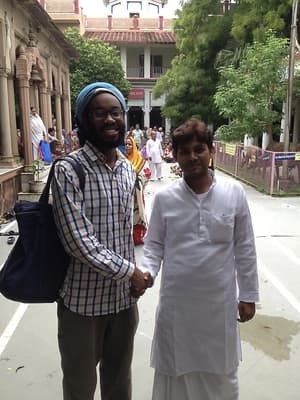
RD: What experiences would you not have had if it weren’t for studying Hindi?
BS: I would say that I use Hindi and Urdu a lot in my personal life. I live in Houston, Texas and there's a huge Indian and Pakistani community. Many of my friends are Pakistani and Indian and interacting with them in various social settings I often end up speaking in Hindi or Urdu. There's an area in Houston called Hillcroft Avenue, also nicknamed ‘the Mahatma Gandhi district,’ where there is a myriad of different Indian, Pakistani, Afghan and Bengali shops and eateries. I often go to one restaurant in Hillcroft and have started up a friendship with a man who works there named Yusef. He always jokes with me that we are brothers because Yusef is Arabic for Joseph and in Judeo-Christian and Islamic traditions Joseph and Benjamin are brothers. We often joke with each other about that, and I will speak to him in Urdu when I go to buy food, chai and other things. When I was shopping for my apartment, the landlord I was working with was Indian. As soon as he told me where he was from, we switched to talking in Hindi. He ended up giving me a discount on the deposit for the apartment! I’ve been able to use Hindi and Urdu in many social settings whether personally or professionally. I’d say it has had many tangible benefits to my life.
RD: What advice would you give to applicants and future program participants?
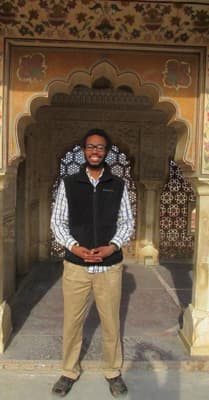
BS: In terms of the application, first piece of advice: reach out to your fellowship advisor on campus. Whether you are an undergraduate or graduate student, they will be a great resource to you and also, they are low-hanging fruit. Their job is to support and advise you on these opportunities. In your essays, share as much as you can about the language and be as specific as possible. I’d also recommend a book on writing personal statements by Joe Schall, an advisor at Penn State University. It provides great information on applying to fellowships and scholarships. In terms of making the most of the experience when you are on-program, I’d say don’t be embarrassed or afraid to make mistakes. If someone laughs, push through. You are only going to be in India, Tajikistan, China or wherever for a short period of time. Make as many mistakes as you can! It’s a good thing. If you make mistakes, people can correct you and that’s really the best way to learn the language. Speak in the language as much as you can—to your teachers, to your classmates but, also, to people in the streets. Encourage your classmates to speak in the language even when you are not at the institute. Moments when you are out getting coffee or street food. The key is to speak the language as much as possible. If you make a concerted effort to speak the language in and out of the institute, your language proficiency will improve so much in those 8 weeks. In my experience, there are always people willing to help you. Make mistakes and try your best.


